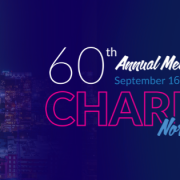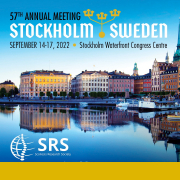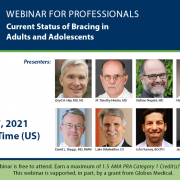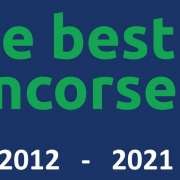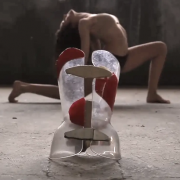ISICO at the 2025 SRS Annual Meeting
The 60th Annual Meeting of the Scoliosis Research Society (SRS) will take place from September 16 to 20, 2025, in Charlotte, USA. This is the most important international conference dedicated to scoliosis, with a particular focus on surgical treatment.
Once again this year, ISICO will take part, contributing to the scientific program with two studies selected by the congress committee.
Specifically:
- The study “The More You Use the Brace, the Better the Results” has been selected for an oral presentation and is among the finalists for the prestigious Russell A. Hibbs Award for clinical research.
“This is ISICO’s first-ever nomination for this award,” comments Professor Stefano Negrini, Scientific Director of ISICO. “It’s an important sign: our rehabilitative approach is gaining growing international recognition, even in contexts that have traditionally focused on surgery.”
The presentation is scheduled for September 19, during the award finalists’ session. - Dr. Greta Jurenaite will present an e-presentation of the study “Lumbar Scheuermann Disease: Prevalence and Clinical Characteristics from a Cohort of 11,891 Consecutive Children of a Tertiary Referral Institute”, which investigates the prevalence and clinical features of the lumbar variant of Scheuermann’s disease in a large pediatric cohort.
Participation in the SRS Annual Meeting provides ISICO with a valuable opportunity for international scientific exchange and highlights the relevance of rehabilitative research within the multidisciplinary scoliosis landscape.
For more information, visit the official event website.

